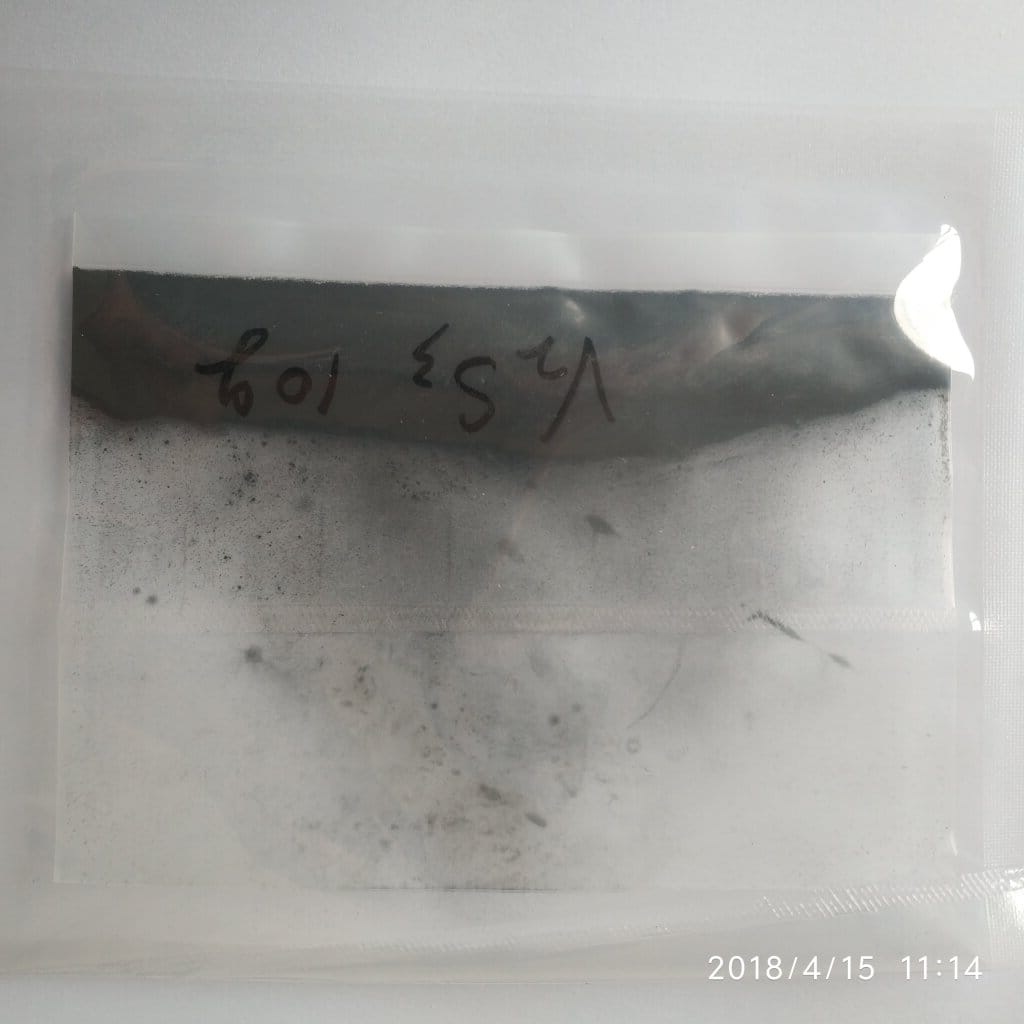Vanadium sulfide is of monoclinic system. It tend to oxidize in air, which could be oxidized by nitric acid. It is insoluble in dilute sodium hydroxide. Hydrogen sulfide, vanadium oxide or carbon sulfide, vanadium pentoxide is as the raw materials.
V2S3 is an advanced material, which is valueable for its layered structure and versatile chemical properties. It makes it highly suitable for applications in energy storage, catalysis, and electronics. With a high electrical conductivity, unique catalytic behavior, and strong ability to intercalate ions, V2S3 is gaining recognition in fields where high efficiency and stability are essential. Its properties make it especially valuable for cutting-edge battery technologies, hydrogen evolution reactions, and as a potential semiconductor in nanoelectronic devices.

Vanadium Sulfide
Its appearance is black powder. It has other synonyms as vanadium sesquisulphide, vanadium trisulfide, vanadium pentasulfide and vanadium(III) sulfide.
Vanadium sulfide own the property of metallic conduction and paramagnetism. It is a kind of paramagnetic material.
| CAS No.:1315-03-3 | Molecular Formula:V2S3 | Molecular Weight:198.08 | Density:4.7g/cm3 | UN 3288 6.1/PG 2 |
Applications
In energy storage,Vanadium sulfide plays a promising role as an electrode material for lithium-ion, sodium-ion batteries and rechargeable magnesium batteries. Its layered structure allows for the easy inerstion and extraction of ions, improving charge-discharge cycles and enhancing battery performance. V2S3 with its capacity to deliver high energy density, which makes it appealing for applications that require compact, efficient power storage, such as electric vehicles and renewable energy storage systems. With its potential to extend battery life and improve storage capacity, V2S3 is a key material for next-generation batteries. Cobalt-based imidazolated framwork (ZIF-67) serves as precursor and the final cobalt-vanadium sulfide yolk-shell nanocages were obtained (CoS2/VS4@NC) with VS4 shell and CoS2 yolk encapsulated into nitrogen doped carbon frameworks.
In catalysis, V2S3 has shown considerable promise in the hydrogen evolution reaction (HER). It is a critical process in hydrogen production for facilitating hydrogen desporption of Magnesium Hydride MgH2. V2S3‘s catalytic activity facilitates the splitting of water into hydrogen and oxygen, which is vital for the development of clean energy technologies. As industries increasingly look to hydrogen as a sustainable energy source, V2S3-based catalysts could provide a cost-effective and efficient solution for hydrogen production. It supports global efforts toward cleaner energy sources.
In electronics, V2S3‘s semiconductor properties and two-dimensional structure make it an interesting material for nanoelectronic devices and sensors. Its stability and conductivity at the nanoscale suggest potential applications in transistors, photodetectors, and other electronic components where miniaturization and efficiency are important.
